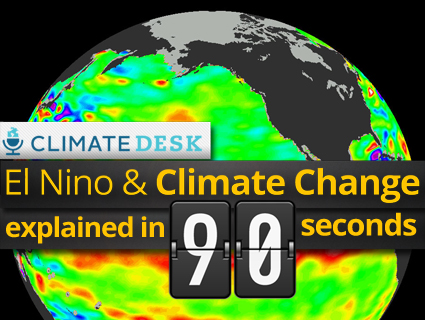Glaciers. They really are the pinup geological formation for climate change. But spare a thought for permafrost. Perma-what? Answer: The gigantic carbon-rich Arctic landmass, that—until recently—has locked away its greenhouse gases in a deep freeze for millennia. That is, until man-made climate change has begun to unlock its CO2 stores, only then to be devoured by methane-spewing organisms. This microbial feast is accelerating climate change. The problem: It’s a feedback loop. The hotter it gets, the more the permafrost melts, the more CO2 is emitted. And around and around we go, in a devastating roundabout for Arctic communities and the entire globe. Continuing our “Explained in 90 Seconds” series, here’s a primer on permafrost.
Bold. Brave. Beautiful.
Award-winning photojournalism.
Stunning video. Fearless conversations.
Looking for news you can trust?
Subscribe to the Mother Jones Daily to have our top stories delivered directly to your inbox.
Close
Thank you for subscribing!
By signing up, you agree to our privacy policy and terms of use, and to receive messages from Mother Jones and our partners.












